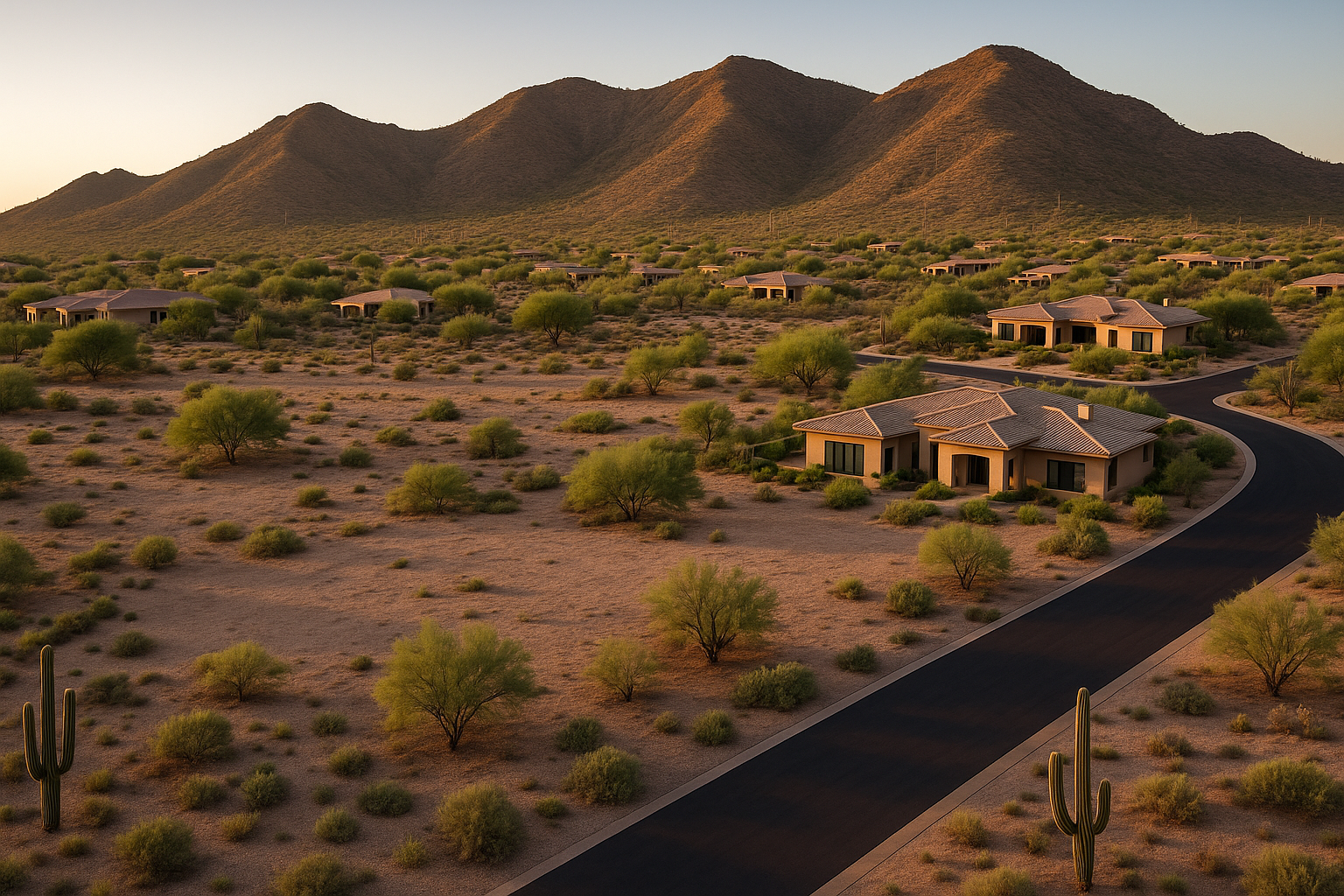
You’ve probably seen it:
📢 “1.25 Acres in Arizona – $1,799. No Back Taxes!”
Sounds like a deal… until you realize it has no road access, sits in a floodplain, and the county literally recommends not building on it.
Cheap land isn’t always bad. But when the price is way below market, you’ve gotta ask:
“What’s wrong with it that others already walked away from?”
Let’s break down the red flags I check when land seems too cheap.
If a parcel doesn’t touch a public road—and doesn’t have a recorded easement—it’s considered landlocked.
And here’s the catch: you can’t build on it without access.
County GIS map (does it touch a public road?)
Deed or plat for an easement
Ask the county if it’s a “legal access lot” or not
🧠 Just because you can see it on Google Maps doesn’t mean you’re legally allowed to use the road.
If it was sold at a tax lien or tax deed auction, there may be:
Title issues (clouded chain of ownership)
Risk of quiet title lawsuits
Difficulty getting title insurance or a clean resale
Ask the Treasurer’s office if the parcel went through a tax sale
Pull past deeds to check for gaps or “Treasurer’s Deed” language
Cheap land is often off-grid—and that’s not always bad. But if:
There’s no power within 1,000 feet
No wells in the area
No confirmed septic capability
…you’re looking at serious development costs or an unusable lot.
Call utility companies with the parcel number
Ask the county health dept about septic feasibility
Talk to neighbors or use Google Earth to spot service poles
Low-cost land may sit directly in a FEMA floodplain or across a natural wash.
This can make development harder—or impossible without major mitigation.
County GIS overlays
Ask flood control if permits are even possible
Even in rural areas, some cheap parcels come with:
Strict HOA rules
No RVs or tiny homes
Minimum build sizes
Mandatory architectural review
Look for CC&Rs recorded with the deed
Ask the county if the area has an active HOA
Search for past violations on the parcel
Some land looks like a deal because it’s not legally developable—due to:
Slope/erosion issues
Lot size below minimum for septic
County “no-build” overlays
Protected habitats or topography constraints
County planning & zoning department
Ask for a “pre-application meeting” or site evaluation
Look for hillside ordinances or overlays
Here’s a big one:
If the seller avoids questions like:
“Does it have legal access?”
“Has it been perk tested?”
“Is there a clean title?”
That’s a red flag in itself.
Ask for parcel number and run your own research
Get the last recorded deed and ownership history
Google their business or seller name for complaints
Through the Land Clarity Blueprint™, I vet cheap land offers and break them down like this:
Legal vs physical access
Title & tax history
Environmental red flags
Buildability and resale viability
Risk level for development or flip
⚠️ Disclaimer: I’m not a lawyer or title company—just your due diligence plug. I dig into public info and show you what others miss.
Whether you’re looking to build, flip, or just make a smart long-term hold—I’ll help you cut through the noise before you commit.
Not all cheap land is bad.
But the best way to really know if it’s a deal or a dump is to run the due diligence checklist with your eyes wide open.
There’s a difference between buying a hidden gem… and getting stuck with land no one else wants.